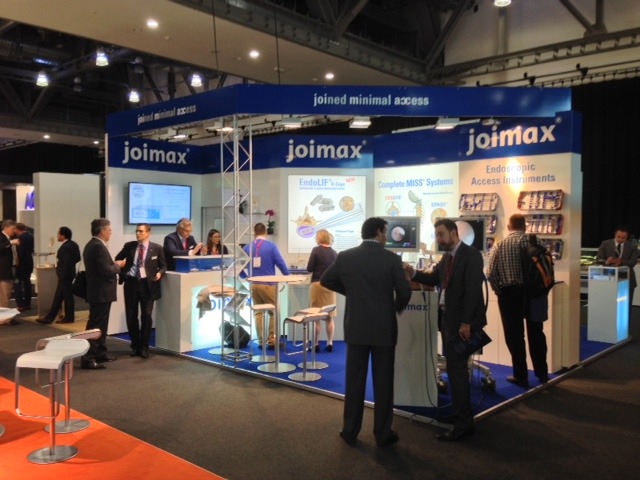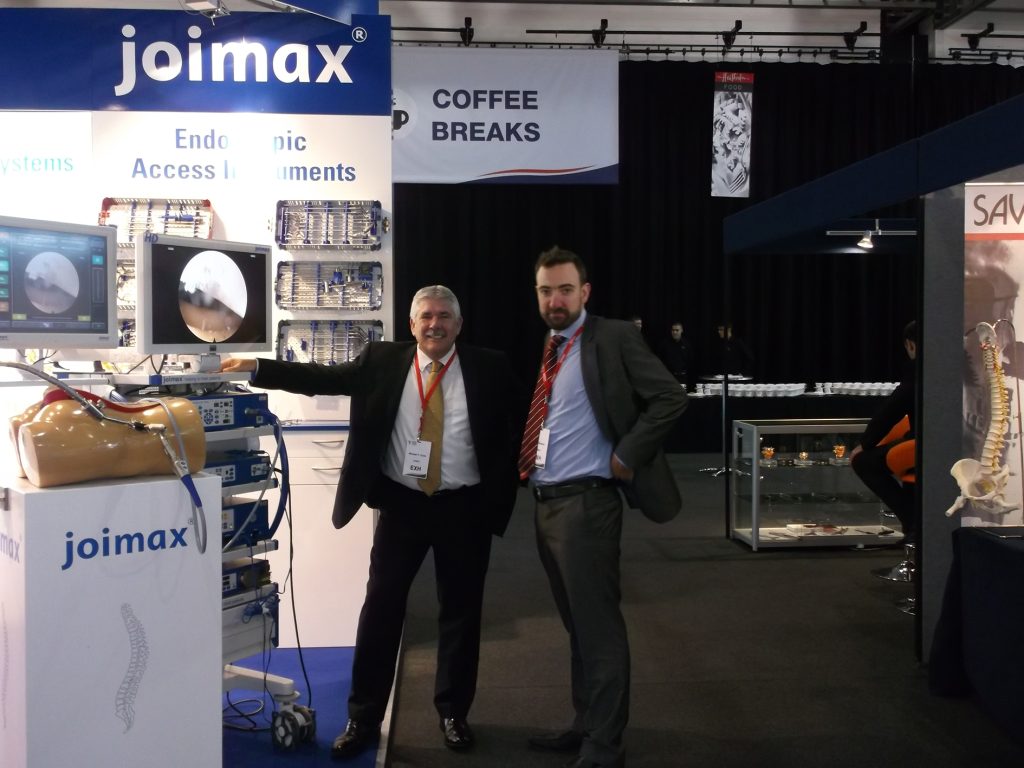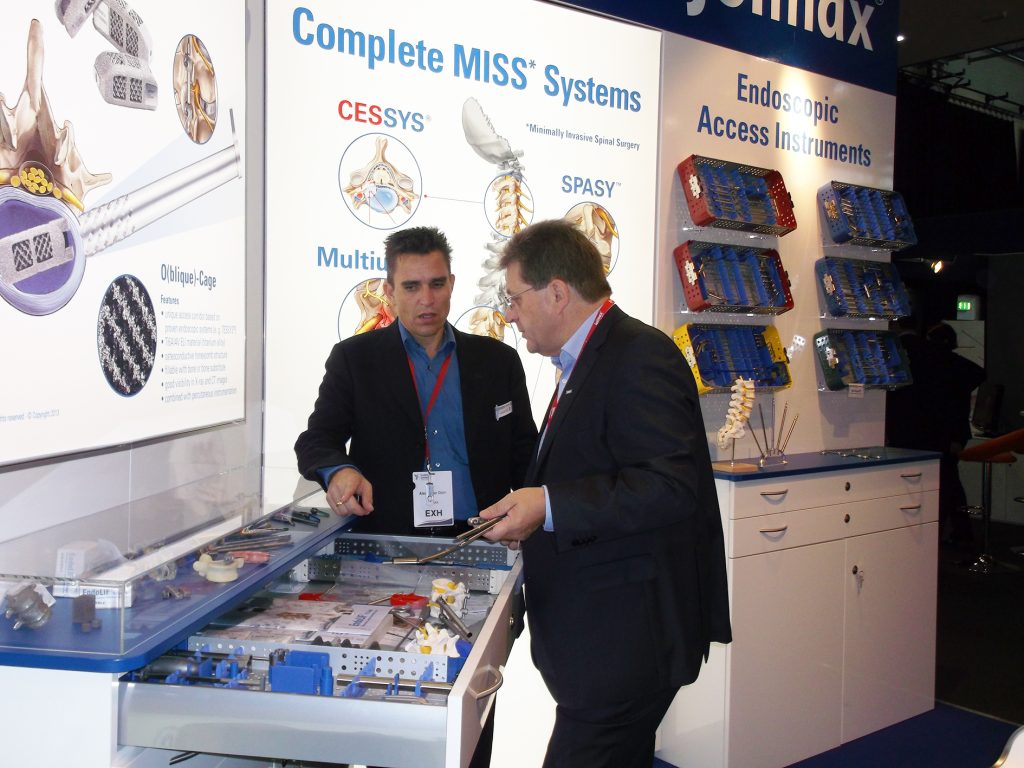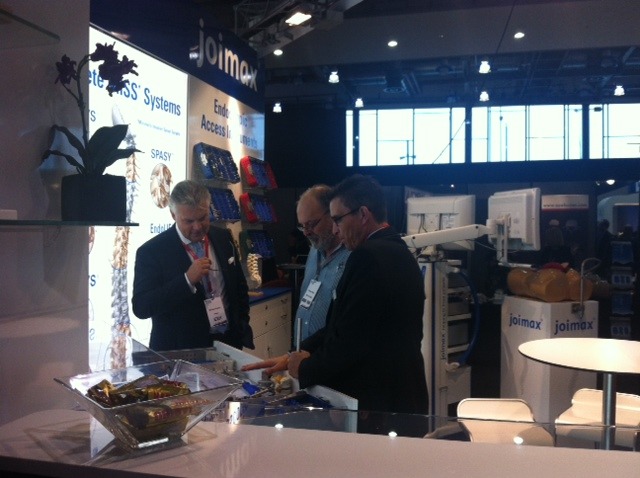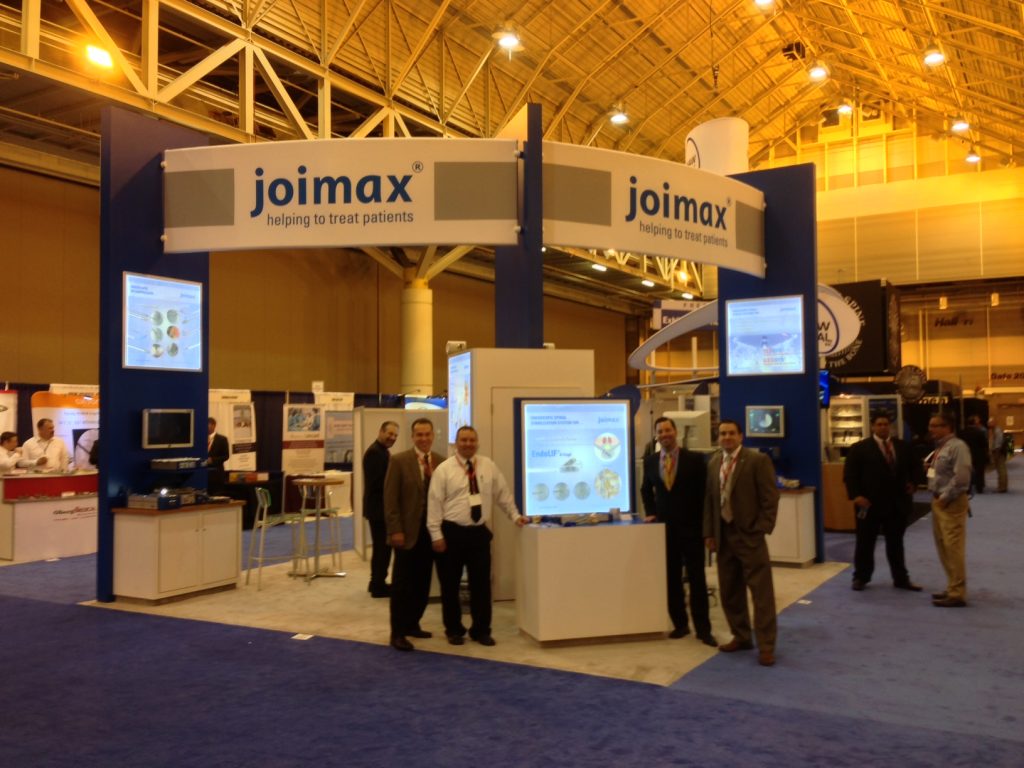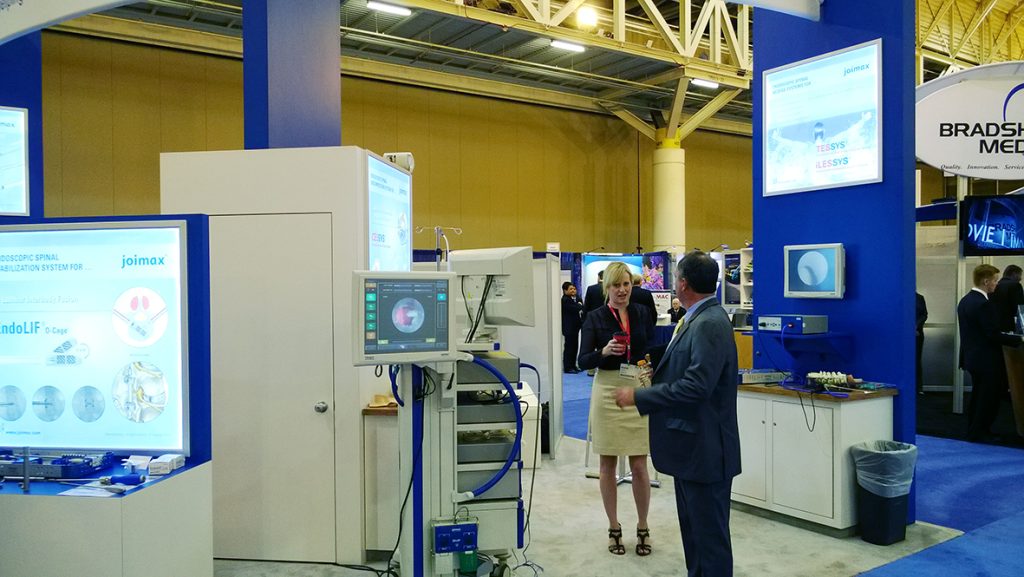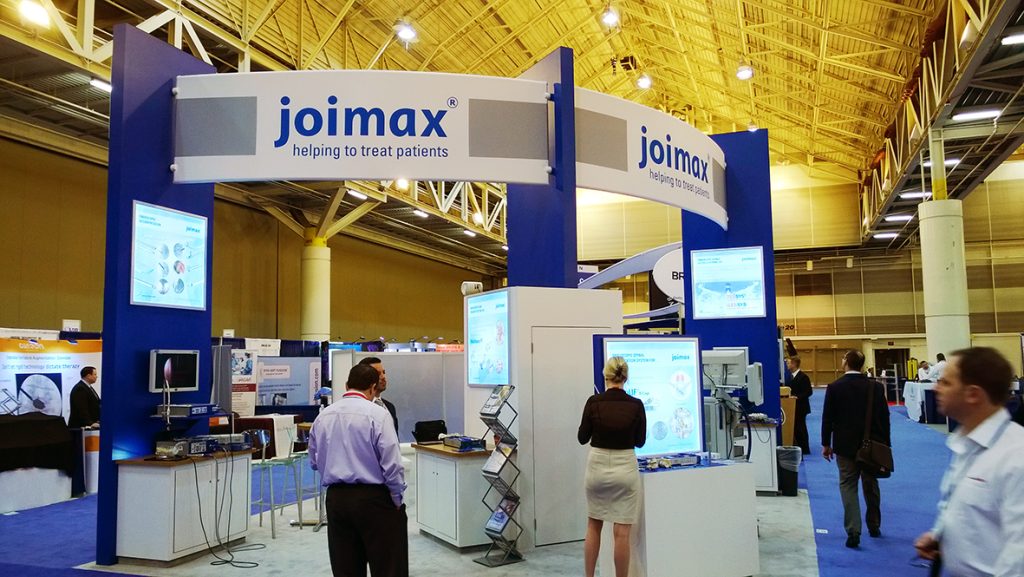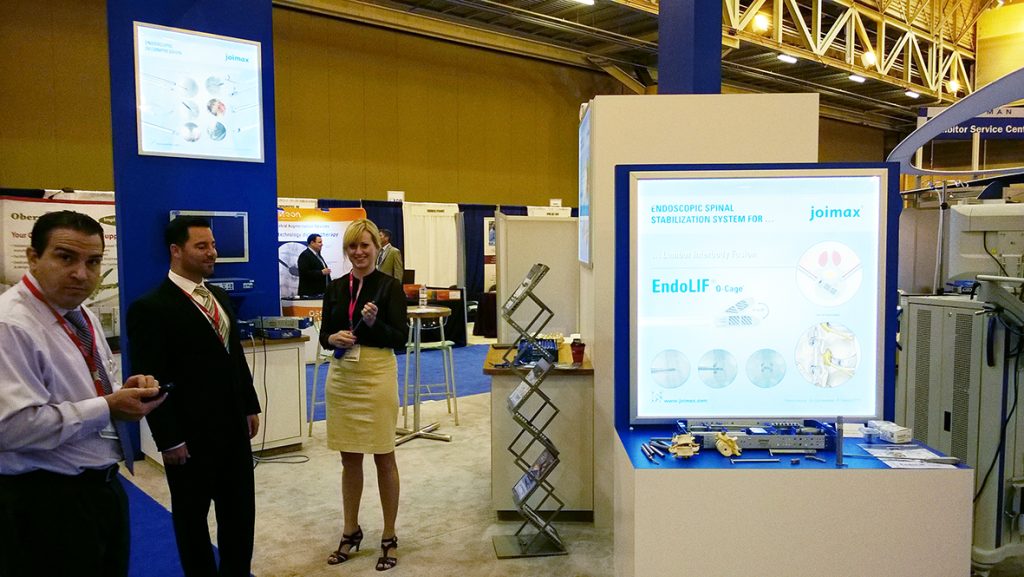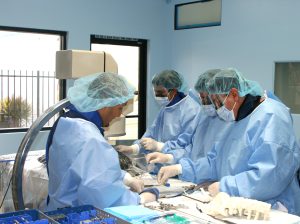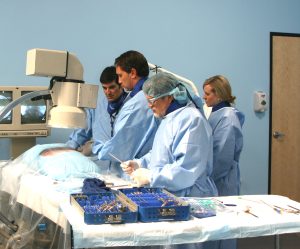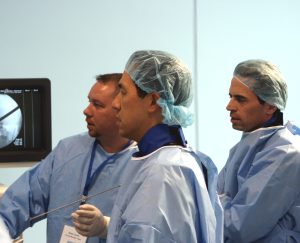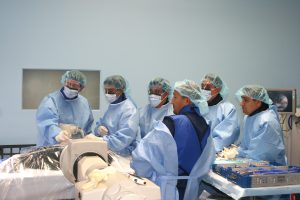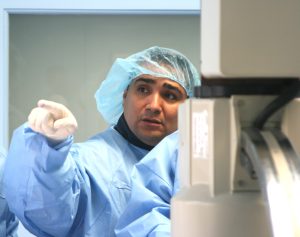bauerfeind life magazine 2013/1- In the small Dutch village of Veenhuizen, Dr. Menno Iprenburg performs endoscopic surgery on his back patients. The results of his endoscopic operations with the joimax® TESSYS® method sometimes make patients weep for joy.
Dr. Menno Iprenburg has previously been stationed in Tanzania and Zambia as well as in many countries in Asia. As a young physician, he went wherever he was needed. Today the world comes to him. “Apart from Australia – no idea why – we have already had people from all known nations here.” By here, the orthopedist means a spot around 20 miles south of Assen. In the middle of the green expanse of North Holland, by a canal that goes on for miles, lies Veenhuizen. A few pretty, well-kept little houses; that’s all there is. At the end of the village, however, a collection of brick buildings emerges. “It is the remains of an old state jail, renovated a few years ago,” the physician explains. In one of the buildings, which used to be the quaran-tine station, the ‘Rugkliniek Veenhuizen’, also known as ‘Spineclinic Iprenburg’, set up home three years ago. Today, in a place previously used to prevent infection, intervertebral disk surgery is performed.
TESSYS uses a natural keyhole
Patients who are plagued by pain after an inter vertebral disk prolapse undergo a special method of surgery with Dr. Iprenburg. “In Holland, we call it PTED (Percutaneous Trans-foraminal Endoscopic Discectomy),” explains the physician, “Internationally it is known as TESSYS (Transforaminal Endoscopic Surgical System).”This refers to an endoscopic procedure for removing the intervertebral disk prolapse with minimal surgical inter-vention. The special feature of TESSYS is that the surgeon can reach through the inter-vertebral foramen, a “natural keyhole,” with his smallest instruments to the location of the prolapse, where he can remove the press-ing tissue and free the trapped nerve. The patient lies on their side, the incision is only a few millimeters long, and there are few side effects as a result. Patients who come into the Rugkliniek stooping usually leave it a few hours later walking upright.
“I have my life back!”
“When you see the relief on the patient’s face it warms your heart.” Dr. Iprenburg puts on a video that shows himself and a patient immediately after surgery. Uncertain, but with astonishment in her eyes, the patient walks two or three steps. She stops in her tracks. Then she cries. “I have my life back”, she says, her voice breaking. Speechless. It is understandable, when faced with these kinds of images, that even the experienced physician concluded: “This is the best thing I’ve ever done.” Yet TESSYS has nothing to do with miracle cures à la Lourdes, as the physician made it sound. The procedure is internationally established and validated. In studies it has been described as “significantly superior” in comparison with the standard method (e.g. with the patient in a
prone position). Apparently, around 10,000 inter vertebral disk operations have been carried out to date across the world using the TESSYS method. Of those, and there is evidence to prove it, 1,700 had taken place in Veenhuizen alone as of the start of 2013. Surgery is only carried out in the Rugkliniek when the pain has not reduced six to eight weeks after the intervertebral disk prolapse. Dr. Iprenburg learnt the double keyhole procedure in Germany and practiced it as an orthopedist in Assen, before founding his own private clinic in Veenhuizen. “Although the procedure is more expensive than the
standard method, it is cheaper from a macro-economic perspective, because patients can start work again sooner,” said the physician.
For further information about Dr. Menno Iprenburg please visit www.herniaklinik.nl

